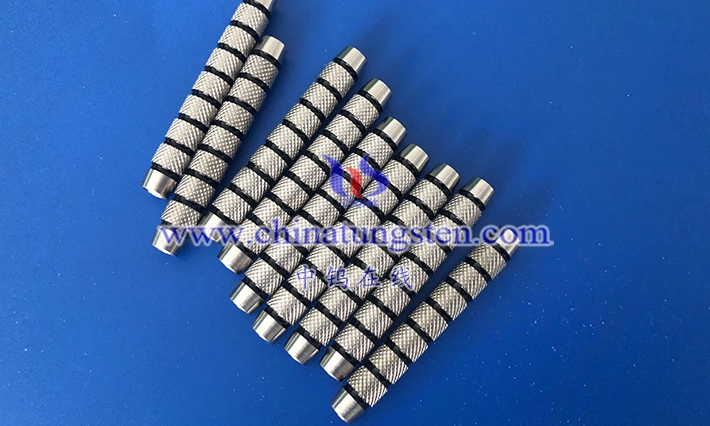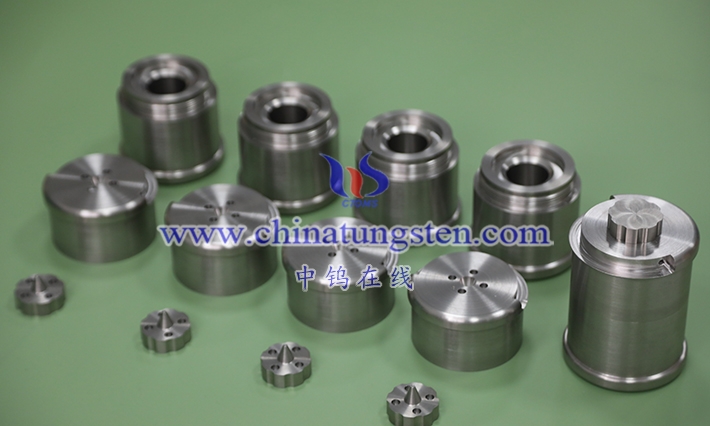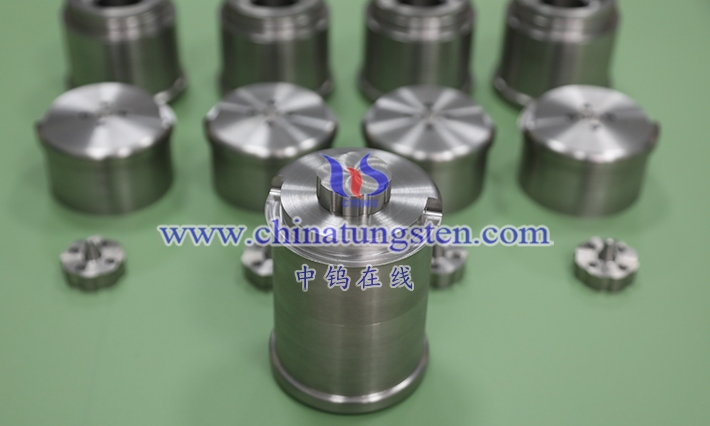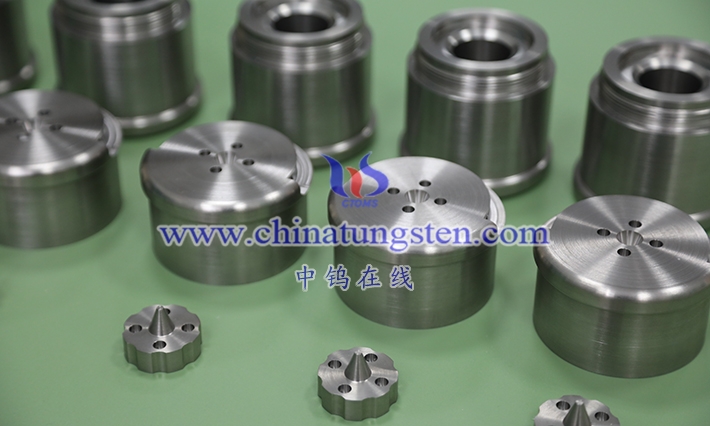Tungsten alloy dart barrels and brass dart barrels exhibit significant differences in density and volume characteristics, stemming from the atomic structures and alloy designs of the two materials. Tungsten alloy, primarily composed of tungsten particles, forms a dense skeleton through powder metallurgy, resulting in a density far higher than brass’s copper-zinc solid solution. This high density allows tungsten alloy dart barrels to have a smaller volume for the same mass, with a slimmer diameter, enabling complete fingertip wrapping during grip, uniform pressure distribution, and reduced wrist compensation. Brass dart barrels have larger volumes and thicker diameters, requiring wider finger spans during grip, prone to local fatigue. During throwing, the compact volume of tungsten alloy reduces air resistance, leading to straighter trajectories and stable entry angles, while brass’s bulky shape increases drag, prone to yaw in flight. In application, tungsten alloy dart barrels are suitable for compact grouping throws, with three darts side-by-side without interference, whereas brass requires larger spacing, limiting rhythm. In processing, tungsten alloy’s density permits precision turning, with smooth contour transitions from straight to stepped, while brass’s low density requires larger blanks, lowering efficiency. From an environmental perspective, tungsten alloy’s small volume reduces material usage and enables efficient recycling, while brass’s large volume increases resource consumption. This difference drives tungsten alloy’s dominance in high-end markets, with brass limited to entry-level. In personalized adaptation, tungsten alloy’s volume optimization supports micro-adjustment cavities, with internal gradients matching external reductions, while brass’s volume limits design scope. Overall, tungsten alloy’s density and volume advantages transform darts from bulky tools to precision instruments, elevating competitive levels. The comprehensiveness of density differences also lies in sustainability, with tungsten alloy’s compactness reducing transportation carbon footprint, while brass’s bulkiness increases logistics burden. Ultimately, this characteristic difference defines the positioning of the two materials, with tungsten alloy leading high-end and brass supporting basics.







